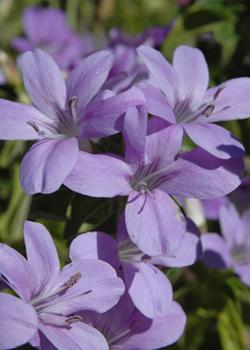Contributing Garden Editor Marianne Alexander’s handy checklist of essential chores to do in June

Eucomis (pineapple plants)
- Repair any damaged garden tools. Take pruning equipment, like secateurs, clippers and saws, to be sharpened.
- Make a to-do list of chores: include maintenance to fences, paths and paving and painting and sorting out your potting shed. Remember to recycle old pots and seedling trays.
- Move shrubs and trees that aren’t thriving. Plant them in well-prepared holes and make sure they’re secure and firmly staked.
- Check ties and name tags on trees, climbers, roses and standards; make sure these aren’t too tight.
- Improve the quality of your soil. Sprinkle a handful or two of gypsum over heavy clay soils (it won’t change the pH); this can also improve sandy soils. A light sprinkling of lime will benefit acid soils.

- Feed roses with 3:1:5 or 2:3:4 fertiliser in warm, subtropical areas. Water them weekly and give a final spray for black spot. Wait till the end of June or July to prune; August in frost zones.
- Allow lawns to grow longer before mowing, especially in the shade – the larger the leaf’s surface the more food it will produce; this also insulates the roots in cold areas.
- Prune summer- and autumn-flowering plants like barleria (Barleria obtuse) and ribbon bush, Ruspolia spp., Solanum rantonnetii, duranta, plumbago and tecoma, hard in frost-free areas. Trim summer-flowering salvias in warm areas.
- Plant sweet pea seedlings in frost zones. In warmer areas, guide new tendrils up supports, pick the flowers frequently to encourage more blooms and feed with 3:1:5 or 2:3:4 fertiliser.
- Mark the position of ‘deciduous’ perennials (plants that die back rather than lose their leaves) like hostas, astilbe, perennial phlox, eucomis bulbs (pineapple plants), rudbeckia (cone bushes) and thalictrum to avoid inadvertently digging them up.

